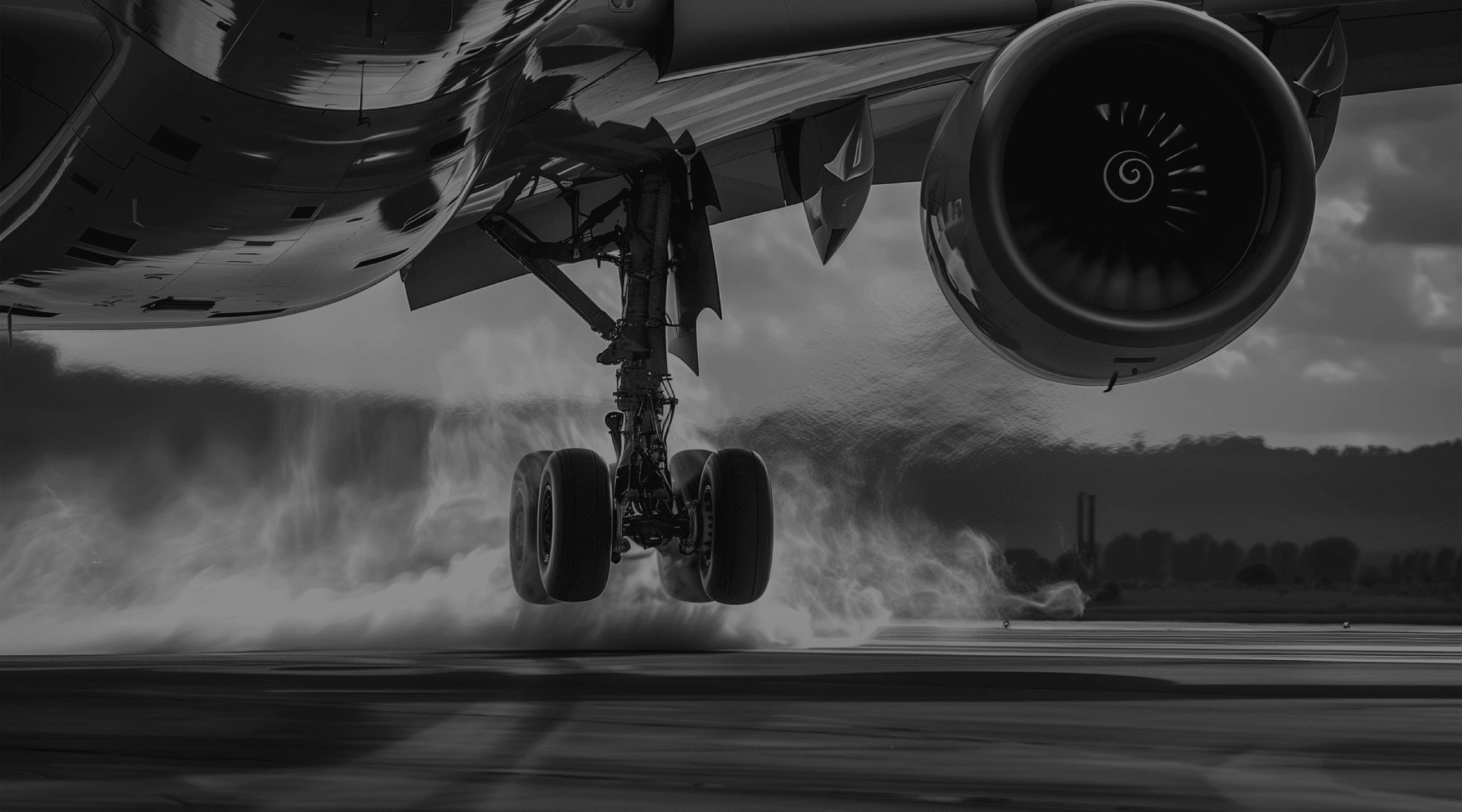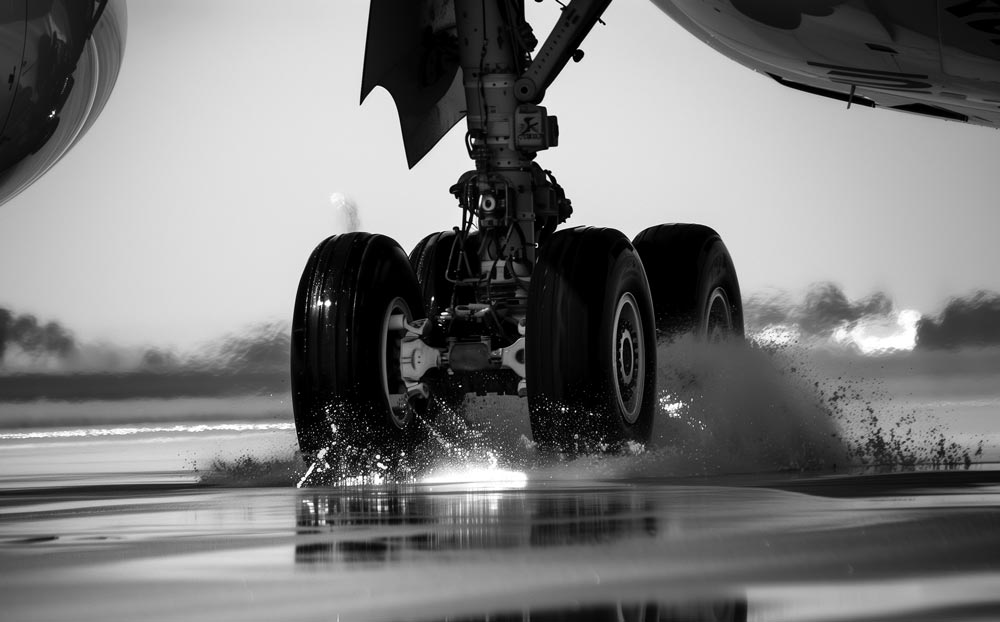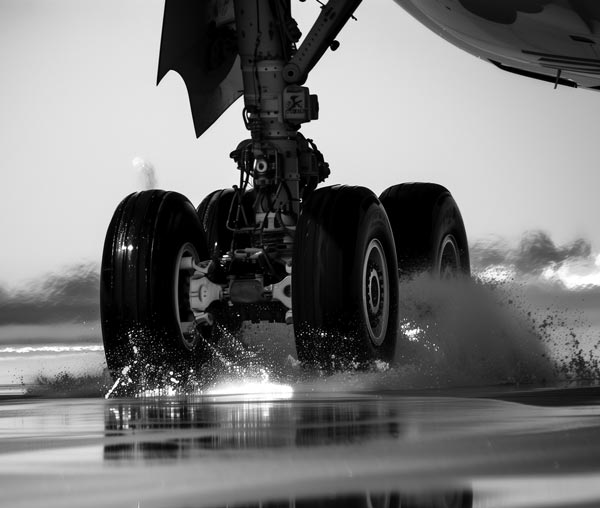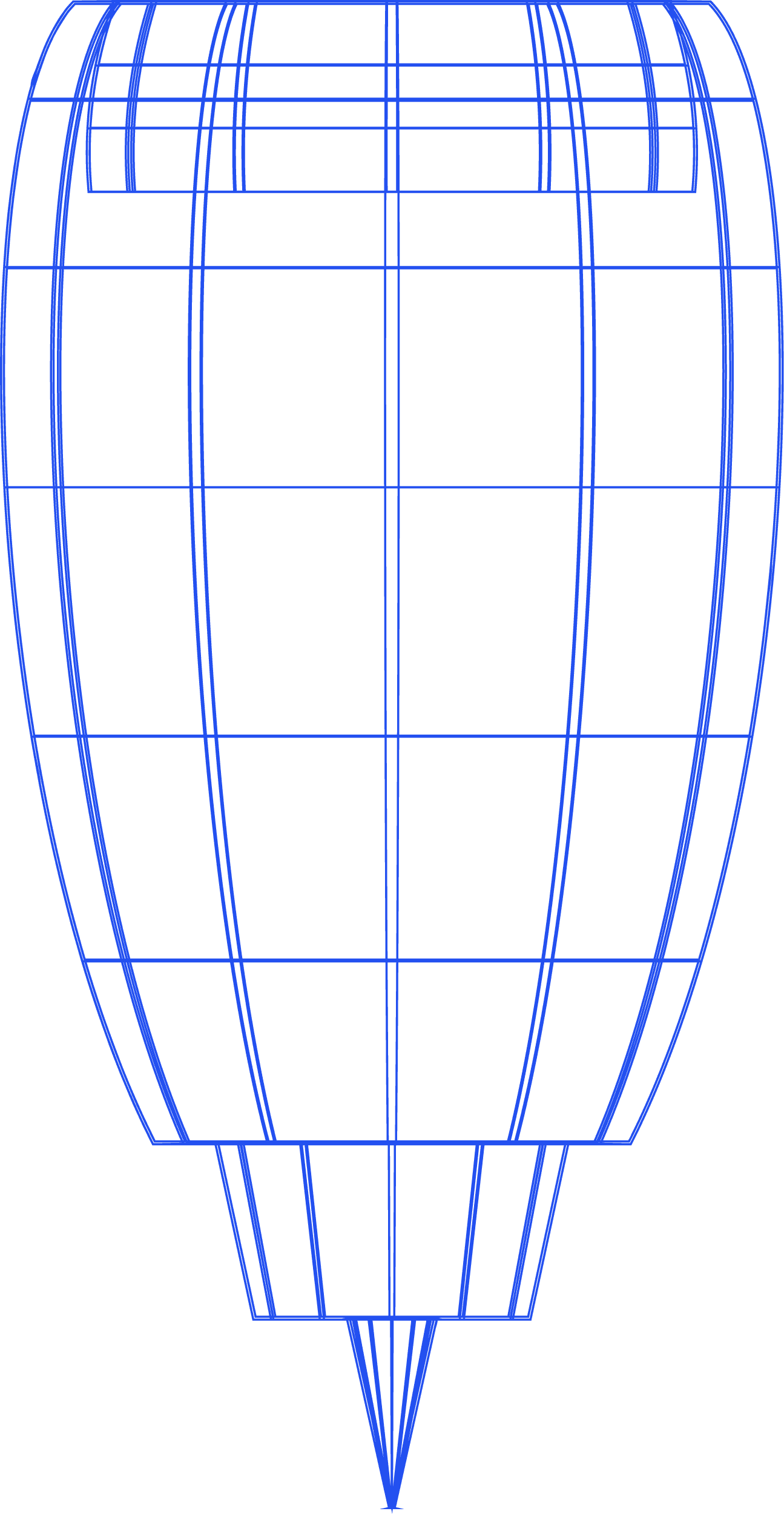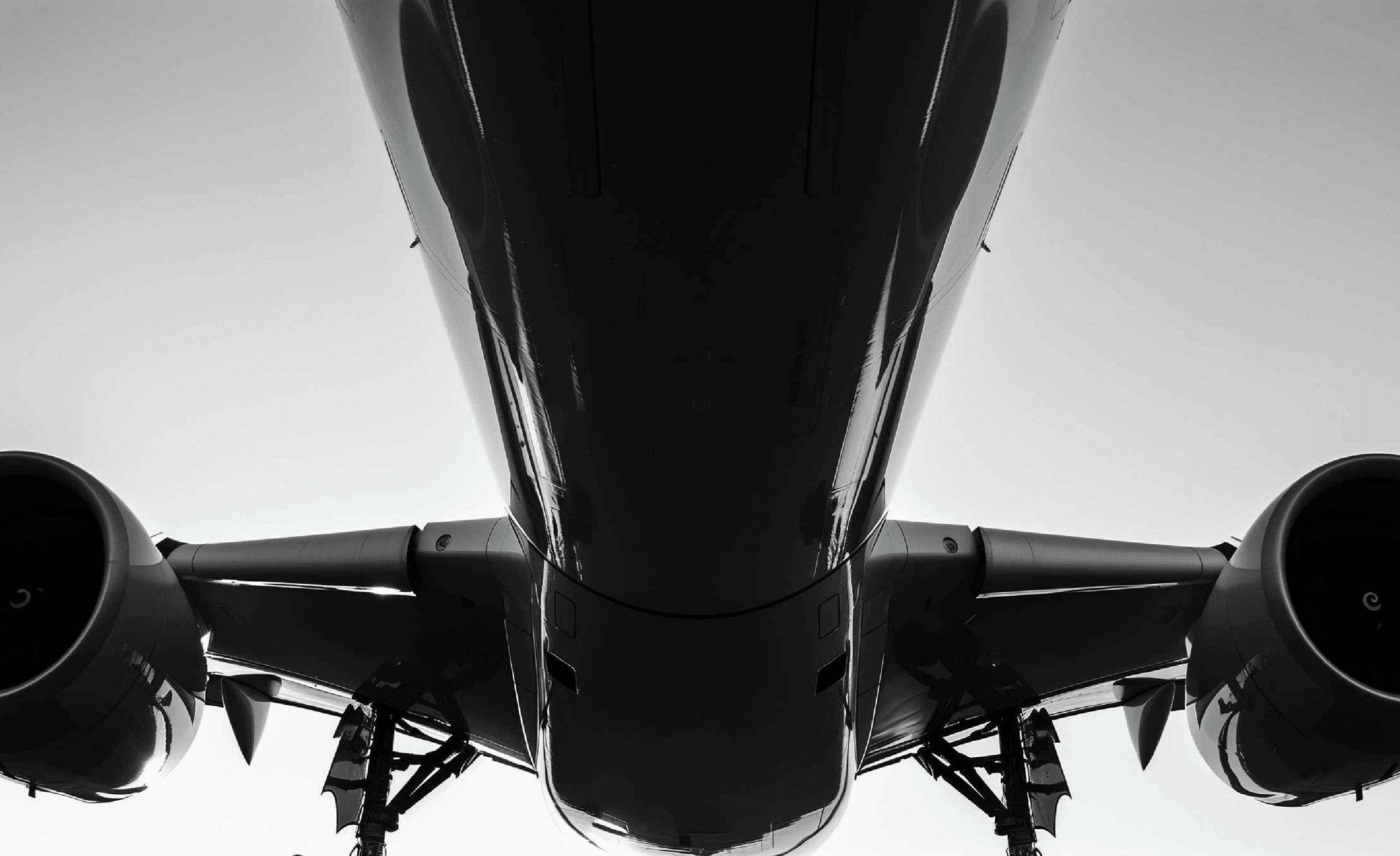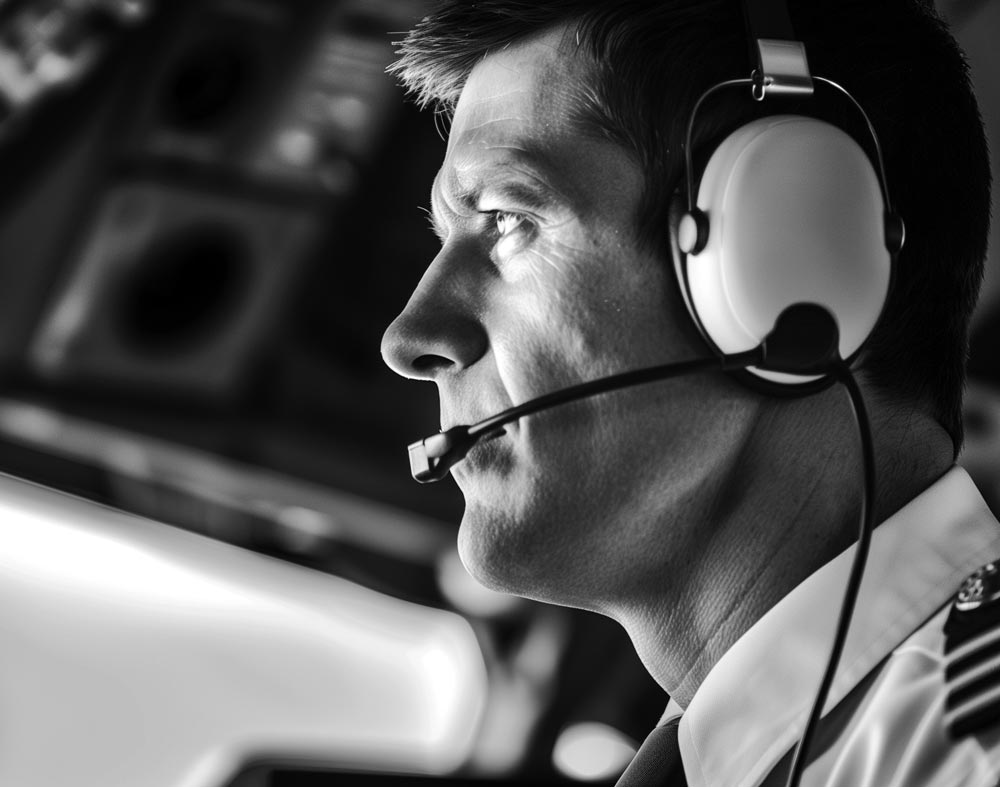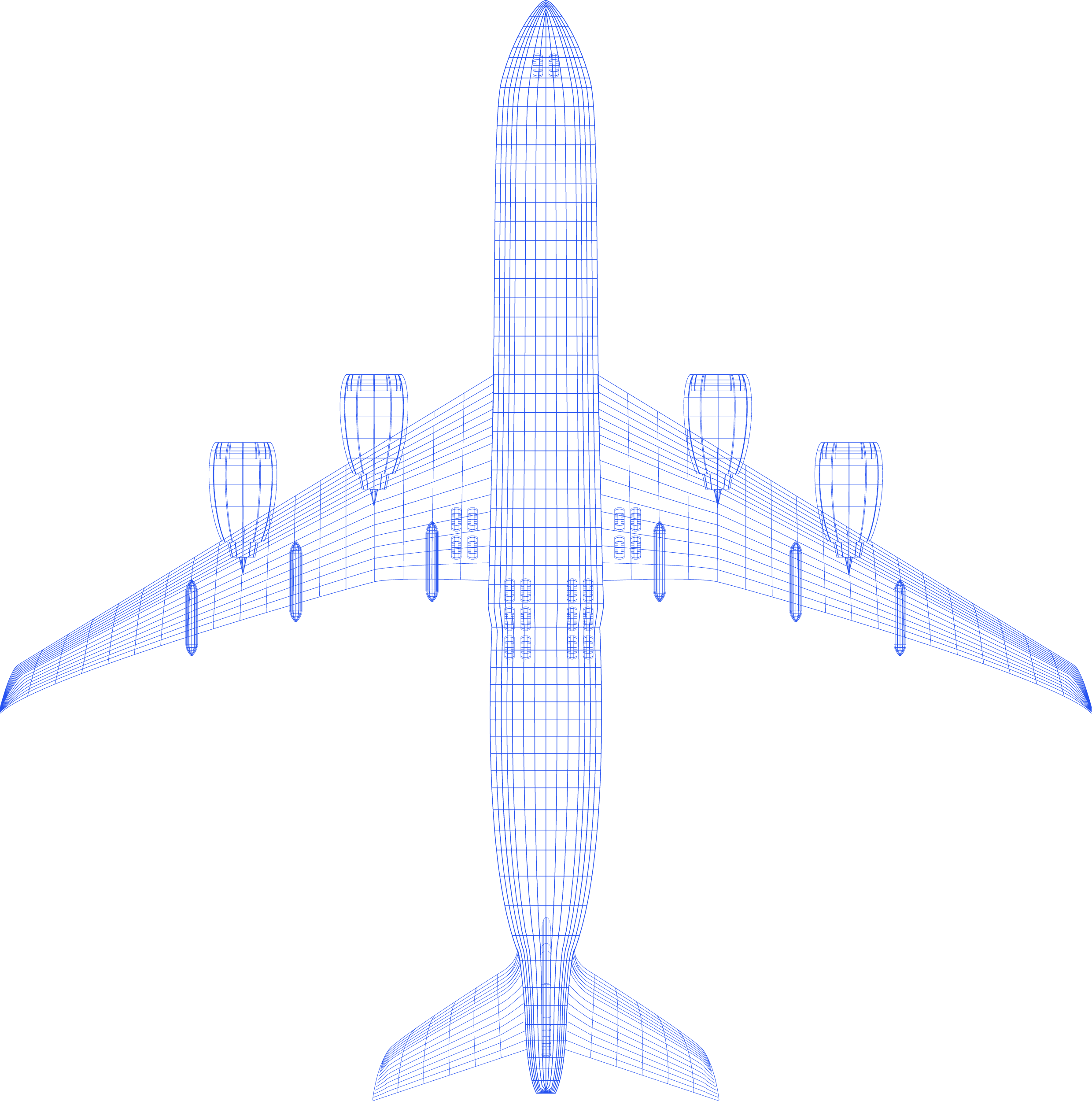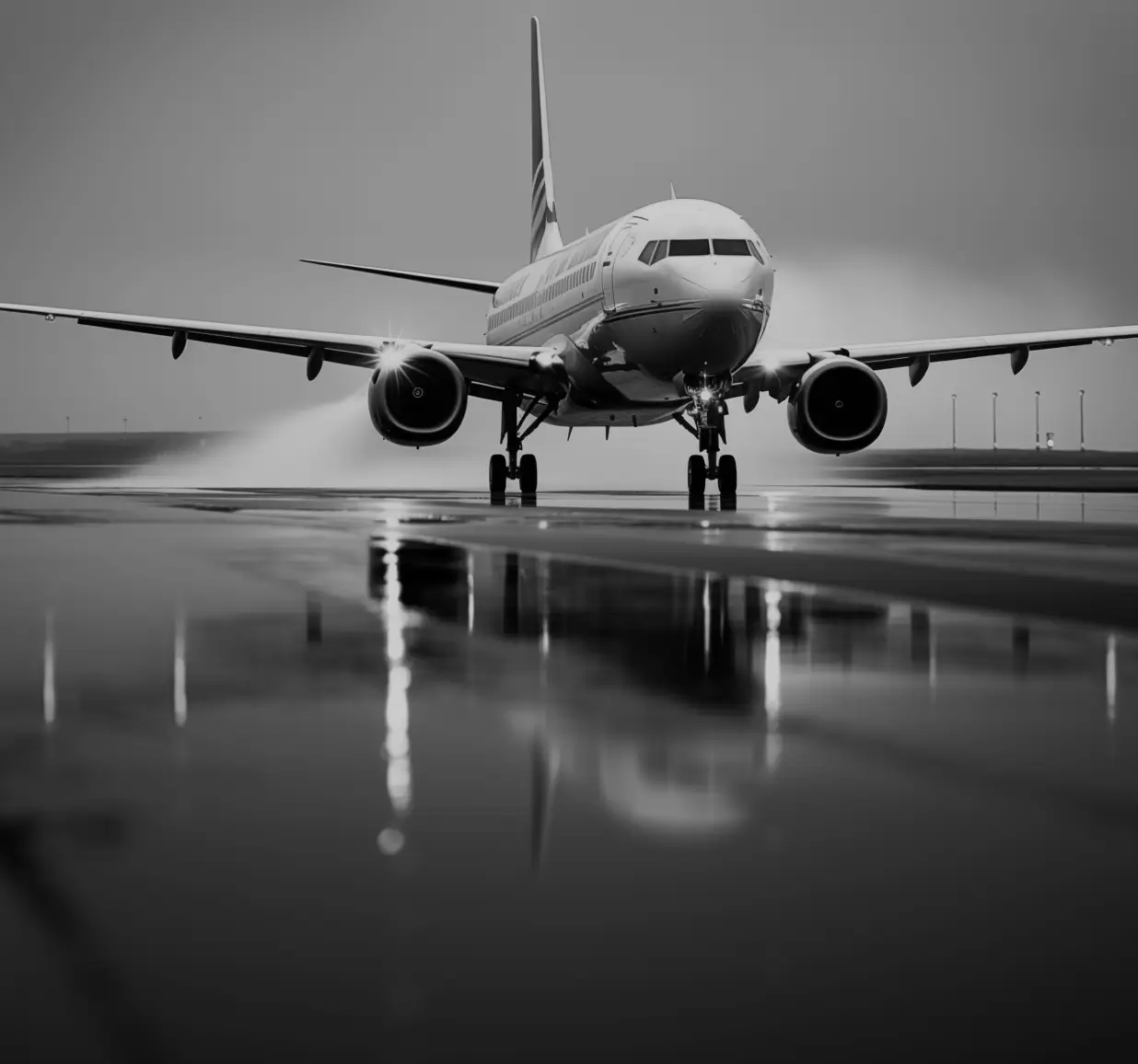The new standard in aircraft braking action reports
abars
Objective
for every landing
faa RECOMMENDED
Future-proofed braking
action reports
Reporting the actual braking friction of landing aircraft, in real-time, is a top priority for the FAA. So we solved the physics, crunched decades of braking data, and applied advanced data analytics to develop a more accurate method of reporting:
DATA-driven
Predictable insight
Leverage the braking action reports that can help leave no doubt about the best landing approach for pilots, and best runway maintenance strategy for airports.
Objective data for critical decisions
In aviation, subjectivity can lead to costly or catastrophic errors. Our ABARs deliver the objective insights you need to make confident, informed decisions. Whether it’s choosing the best landing approach or optimizing runway management, our technology provides clarity and precision in a high-risk environment—eliminating guesswork and improving safety and efficiency across all operations.
*
AST's reporting network is self-learning, getting smarter with every new report.
23M+*
landing reports in our database
7K+
new landing reports a day
Any
aircraft type
14+
years R&D
A cloud-based network that gets smarter every day
Better reporting requires both precision and partnerships. When you adopt our ABARs, you're subscribing to a real-time, global reporting network – ABARnet™ – that can help ensure each landing leverages actionable intelligence.
The network grows smarter with every new landing report, helping to make your flight and ground operations safer and more predictable every day.
ABARnet currently records 7,000+ new landing reports a day.
Do more with data
Our reports use standard industry terminology and are compliant with ASTM International braking action standards.
